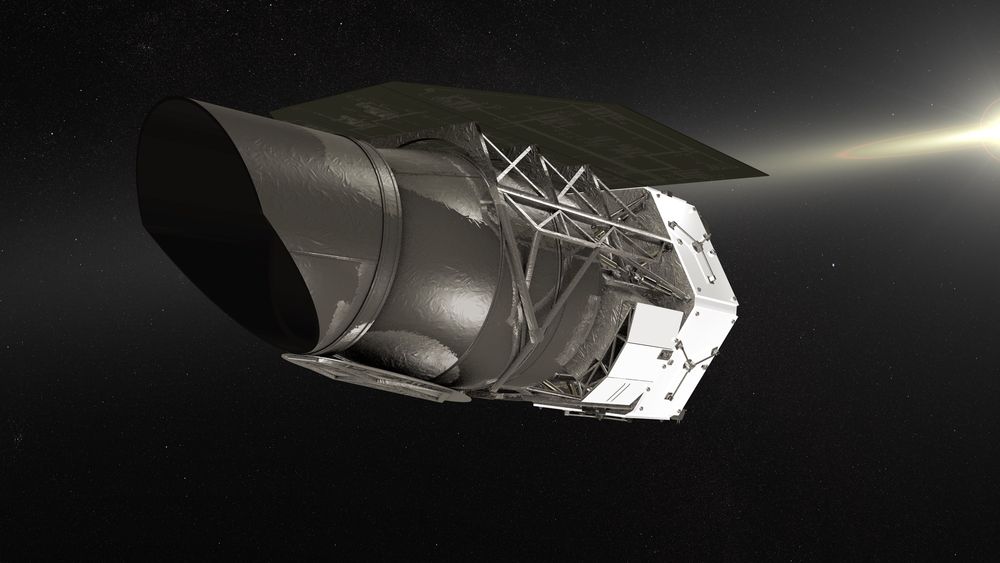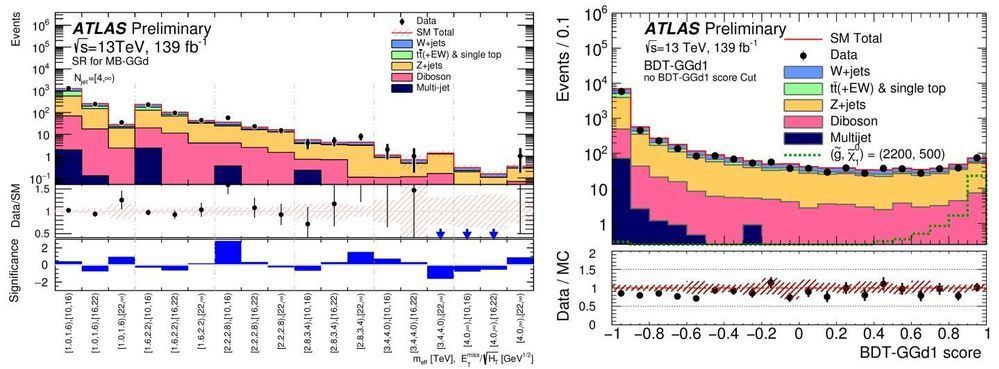Apr 9, 2020
A Transhumanism Future? – Anders Sandberg Interview
Posted by Michael Dodd in category: transhumanism
https://youtube.com/watch?v=UFe7oRIDMxs
This is a solid interview on core Transhumanist topics.
My interview with Anders Sandberg, a prominent transhumanist thinker and research fellow at the Future of Humanity Institute at Oxford University. We discuss how the transhumanist movement has changed, how it should engage in politics, whether pre-natural death cryogenics should be allowed and how long humans could live for amongst other things. Hope you enjoy!
Continue reading “A Transhumanism Future? – Anders Sandberg Interview” »


















